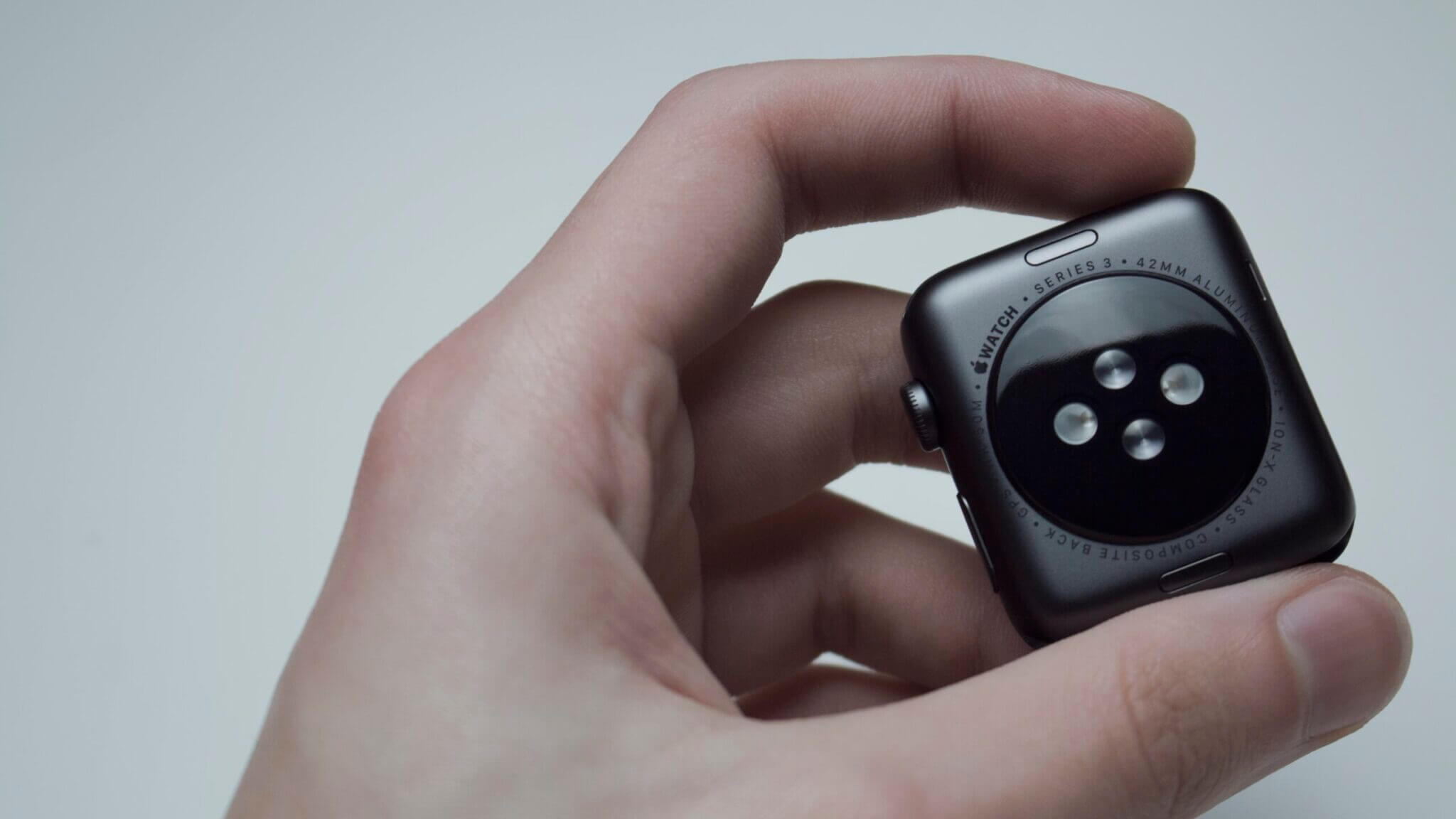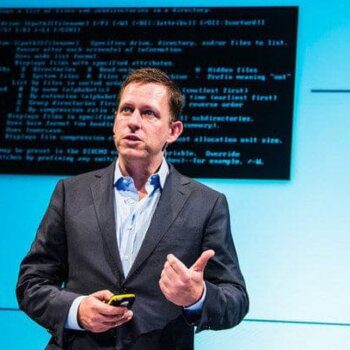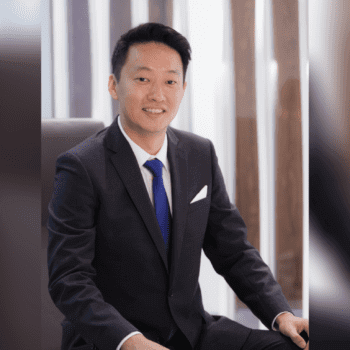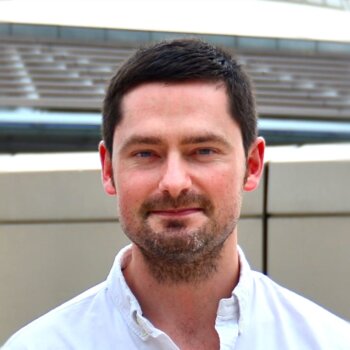I believe that the pandemic will change the way we approach healthcare in the future. Firstly, because this is a dynamic sector that is attracting growing investment around the world as a lot of talented entrepreneurs try to find valid value propositions. Secondly, because it makes perfect sense to try to find patterns that could have prevented the spread of the pandemic: if we had a significant portion of the population monitoring their vital signs on a regular basis in the areas where SARS-CoV-2 first began to infect humans, it’s very possible that that infection could have been detected and isolated quickly, and that a localized infection would never have escalated into a global pandemic.
Thirdly, because technology is a context variable that establishes the context of our activities, while healthcare is vitally important. It makes no sense for technologies that enable the sensing and control of numerous diagnostic variables to be outside health management systems for too long.
Seen in this light, the fact that clinical studies are beginning to emerge — in addition to those known as Stanford’s with Apple — in which this type of technology and devices are used satisfactorily is logical, as is the fact that some leading health insurance companies, such as Sanitas in Spain, are beginning to explore this area (link in Spanish).
In order to develop this type of practice, which on the one hand results in greater peace of mind and well-being for the patient and in cost savings in the treatment of many medical conditions on the other, it is essential to create an appropriate legal environment that makes it possible to treat the data generated by the devices responsibly without fearing that they will be misused, marketed or lead to discrimination. In addition, it is important to visualize a scenario in which, regardless of the fact that the first initiatives may arise in the private sphere, their implementation in public health systems can be foreseen, as is in fact beginning to happen in countries such as Singapore, given that both the well-being of the patient and savings on treatment thanks to earlier diagnoses are also likely to generate major advantages.
Wearables are now less about giving hypochondriacs peace of mind and their potential is being fully seen. In the first phase, there might be fears of overloading doctors: the idea of waiting rooms crowded with patients alarmed by such and such a reading on their smartphone is a cause for concern. The logical way forward would instead be for this avalanche of data to be processed by an algorithm with an anomaly detection function, and that only those cases potentially requiring specialized attention would mean a visit to a doctor.
At the same time, we shouldn’t forget that a wearable will never be as accurate as a device for clinical use; the advantage of these kinds of devices is that they can gather huge amounts of information 24/7. This progressive reduction of the standard error means that the algorithms for detecting anomalies can work properly, and that a wide range of devices can be used once they have been calibrated and homologated.
This type of environment will also favor the development of more and better research for the future, driving further advances in medical science. Specialties such as cardiology or endocrinology, for example, are in many cases already ahead of that future: the important thing will be to adopt a holistic vision of diagnosis, as elements that can be used in many other areas, and to which other devices will be incorporated.
As technology continues to create boundless new possibilities, the future of medicine will increasingly be about monitoring, data abundance and prevention. The sooner we embrace this, the better.
About the Author
This article was written by Enrique Dans, professor of Innovation at IE Business School and blogger at enriquedans.com.





























